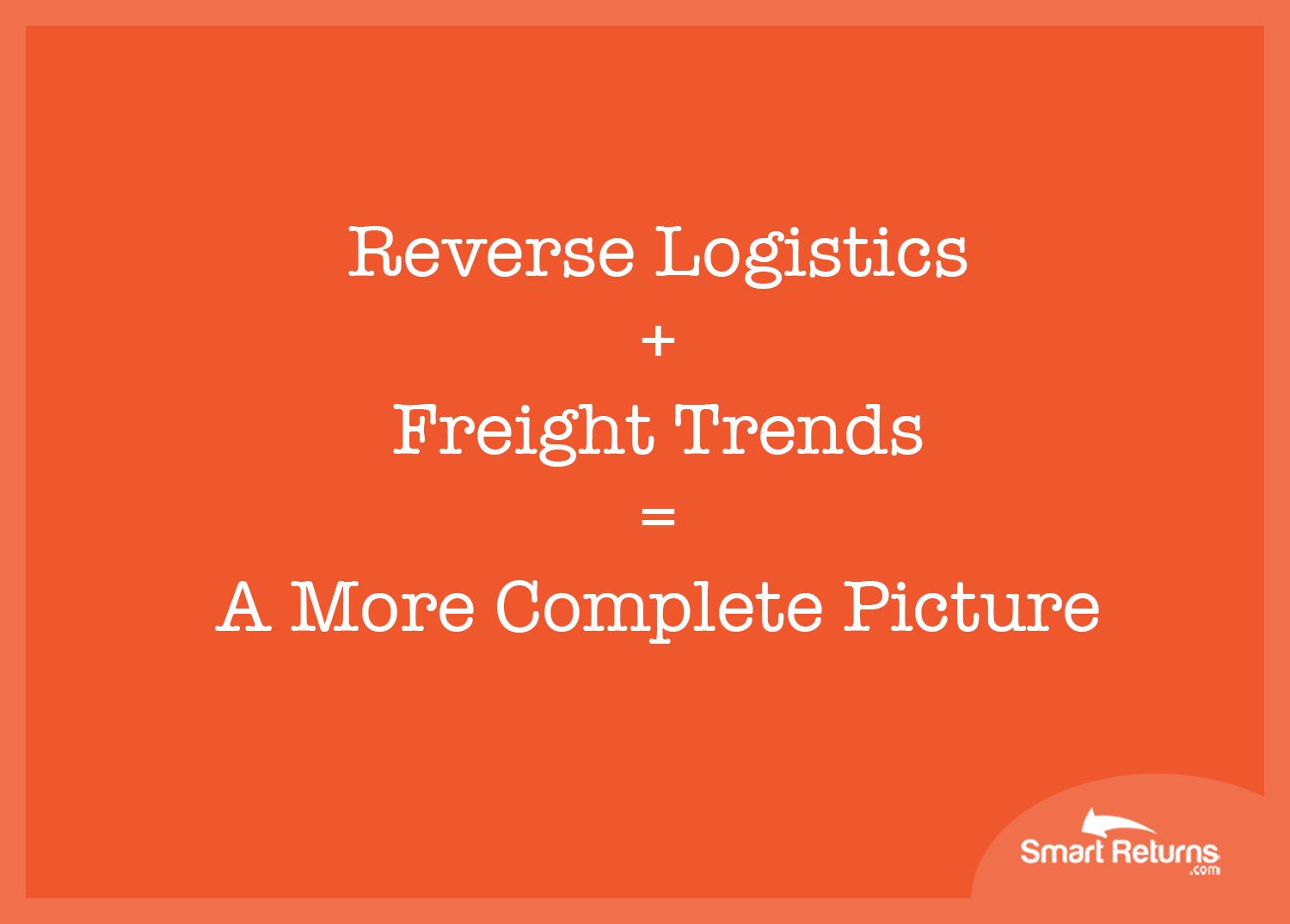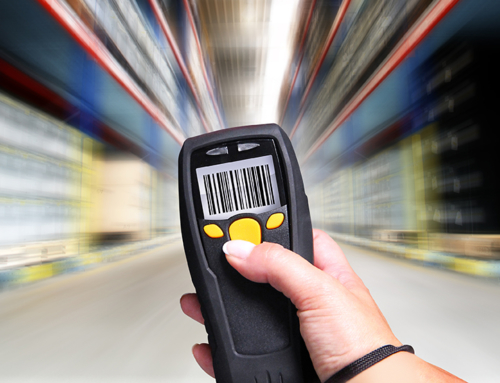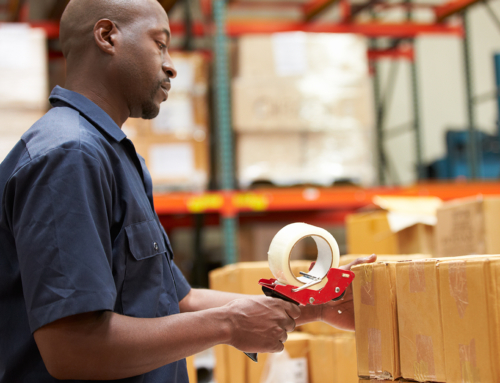Long gone are the days of one big seasonal selling season, now that has been replaced with customers who often buy things on the go and expect delivery almost immediately.
The world we live in has changed and shippers are fighting to adapt in an eCommerce-friendly environment. Although surface-freight transport made up over one percent of the GDP of the U.S. in 2015, there are still issues with having enough trucks in the right places at the right times. Let’s explore today’s freight trends and how they may affect your reverse logistics.
eCommerce Focused Supply Chains
About a decade ago, ports, railroads and trucking companies would expect a seasonal surge in preparation for the holiday sales season, but customer expectations have changed and more merchandise is required more evenly throughout the year.
In addition, eCommerce has made return deliveries a common situation. This might sound great for trucking companies, but the truth is that they’re scrambling to figure out how to fill trucks with more, but smaller, orders that move even faster.
Where traditional supply chain fulfillment generally involves handling pallets at a time, eCommerce goods are often handled just one box at a time, slowing down the entire process. Retailers are responding to these shipping delays by moving their sales and reverse logistics operations into more centrally located warehouses, so that each box spends less time in transit and requires less handling.
This approach helped the less-than-truckload (LTL) companies a great deal, with their sector growing by nine percent annually since 2009. All that extra growth has spelled more efficient and faster freight movement for these LTL transporters and their customers.
Technology Makes Freight More Accessible
Small carriers are also getting a big boost from companies like 3PLs that handle both outbound and reverse logistics strategy.
These carriers are leveraging technology to ensure that trucks are where the demand is, for both baseline and peak freight. Tools like freight-matching apps can help increase connections with 3PLs and larger businesses that do their own logistics. Connected supply chains mean that small shippers are more flexible when it comes to rerouting items to move them even faster.
Large shippers are also taking advantage of technology, but because they already have significant contracts with traditional retailers, they won’t see as much of a boost in the long-term. But, whether small or large, shippers of all types will be easier to reach, freight easier to track and your returns more accurately anticipated as more companies adopt the technology that’s available and modify it for their needs.
Tools like smart labels and increasingly computerized freight handlers mean that for the moment, shipping is coming up roses for reverse logistics. Shippers are developing better ways to handle your small packages and increase their efficiency, which should ultimately push prices down.







Leave A Comment